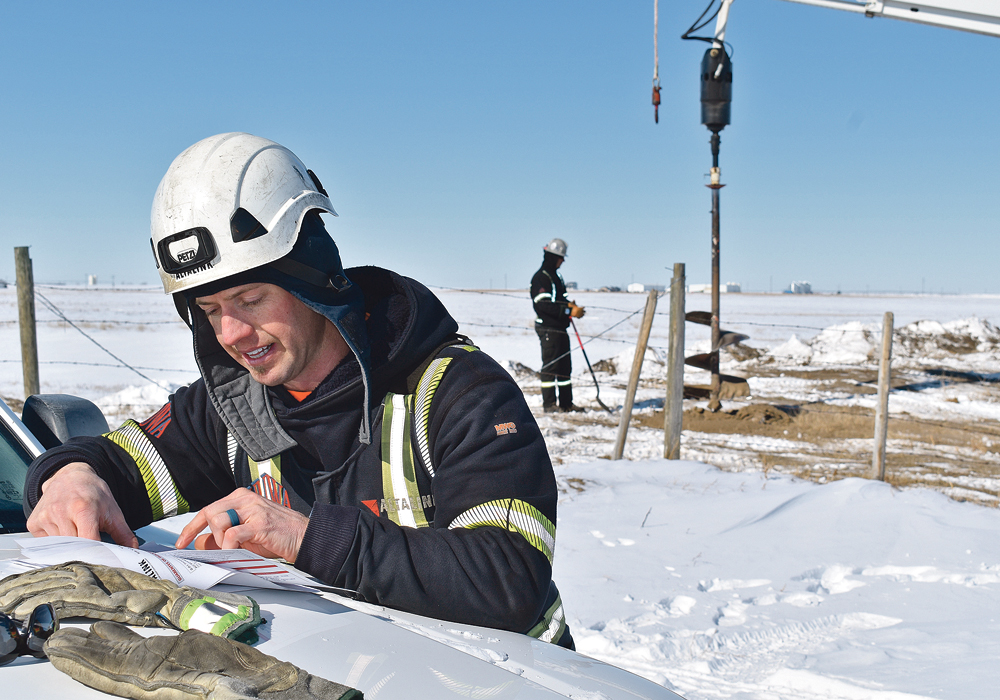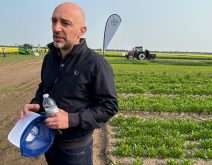The nest pole was erected earlier this month to lure two ferruginous hawks away from a busy road in southern Alberta
CRANFORD, Alta. — When a pair of ferruginous hawks returns to southern Alberta this month, they will see a new home on the landscape.
A nest pole was erected March 4 in a pasture north of Cranford near Taber, Alta., that wildlife biologists hope will meet with approval from a hawk twosome that last year had a nest near a busy road in the same region.
It takes some effort to build a hawk nest, mount it on a pole and put that pole into the ground — especially into freezing ground during one of the coldest winters ever seen on this part of the Prairies.
However, an AltaLink crew worked with the Alberta Conservation Association to get the job done in time for the hawks’ anticipated return in mid-March from their winter home in the southern United States or Mexico.
Ferruginous hawks, Alberta’s largest hawk species, are listed as a species at risk, with an estimated 700 pairs remaining in the province. That’s why the ACA takes special interest in nest sites.
“One of the things that limits them the most is nesting opportunities, and so that’s why we’re here today, is to help protect the species,” said AltaLink wildlife biologist Aaron Anderson.
“We had a maintenance project that was close by, where we were able to pull that crew from today.”
He estimated it would cost about $10,000 to have the crew undertake the project. AltaLink donated the equipment materials and labour.
Anderson and ACA wildlife biologists Jalen Hulit and Phil Rose built a rudimentary nest on a platform before it was attached to the pole and the pole was erected.
Read Also
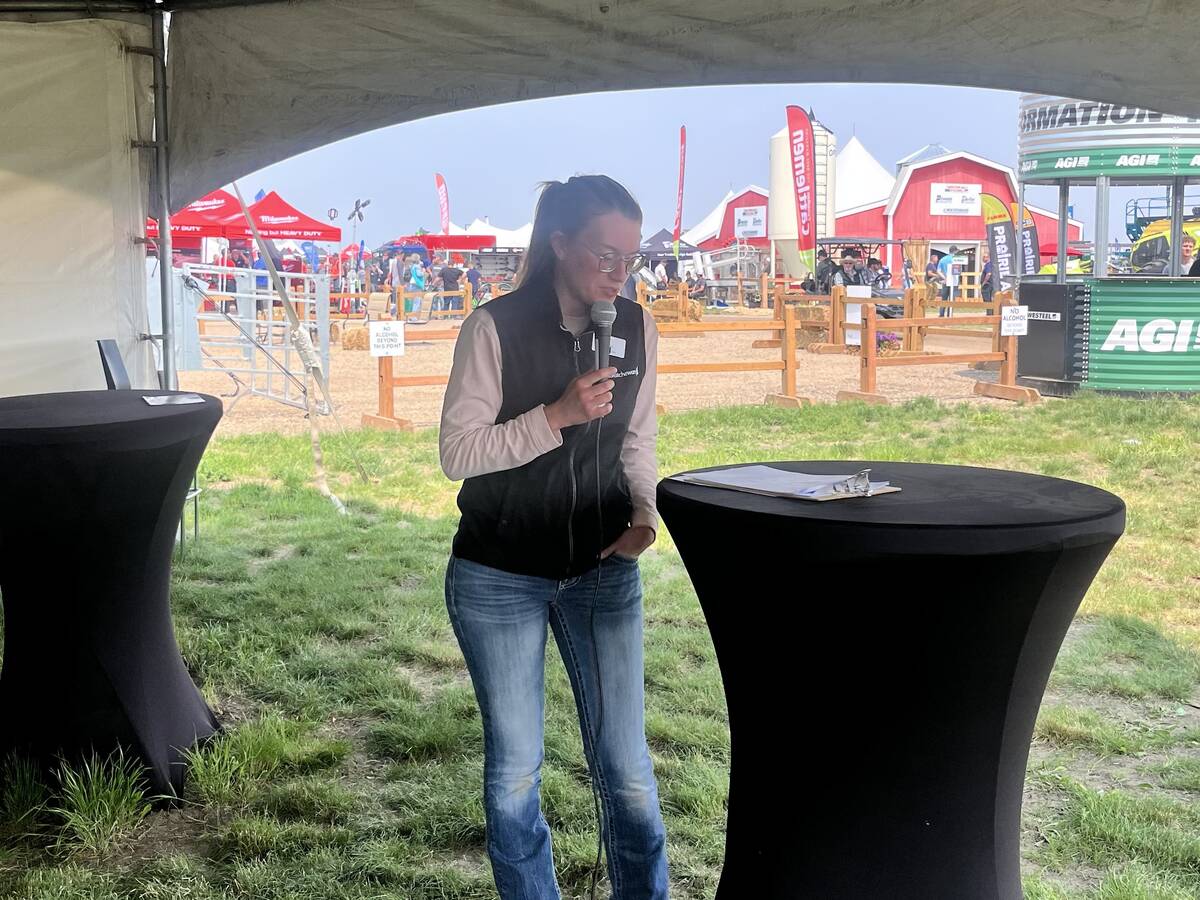
Ag in Motion speaker highlights need for biosecurity on cattle operations
Ag in Motion highlights need for biosecurity on cattle farms. Government of Saskatchewan provides checklist on what you can do to make your cattle operation more biosecure.
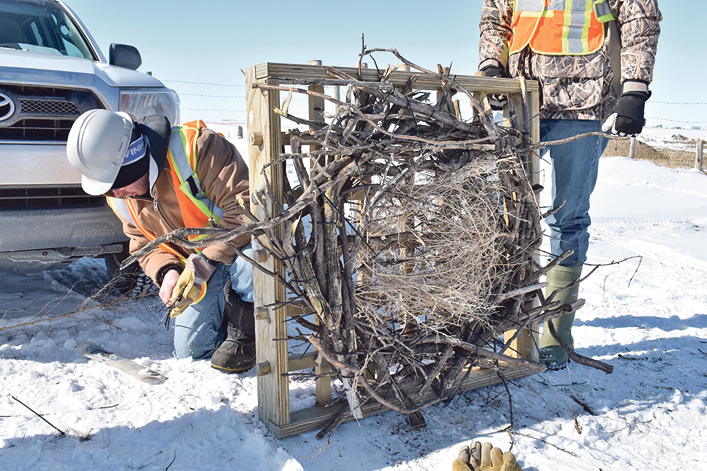
Getting a start on a nest means “they’re more likely to see it when the pair comes back in the coming weeks. It makes it easier for them,” Anderson said.
If the hawks deem the site suitable, they will gradually augment the nest to suit their needs.
AltaLink typically helps install a few hawk nests every year, either as part of mitigation measures related to a project or to aid in conservation, he added.
Ferruginous hawks prey heavily on Richardson’s ground squirrels, which usually gets approval from pasture managers averse to the holes and forage loss they cause.
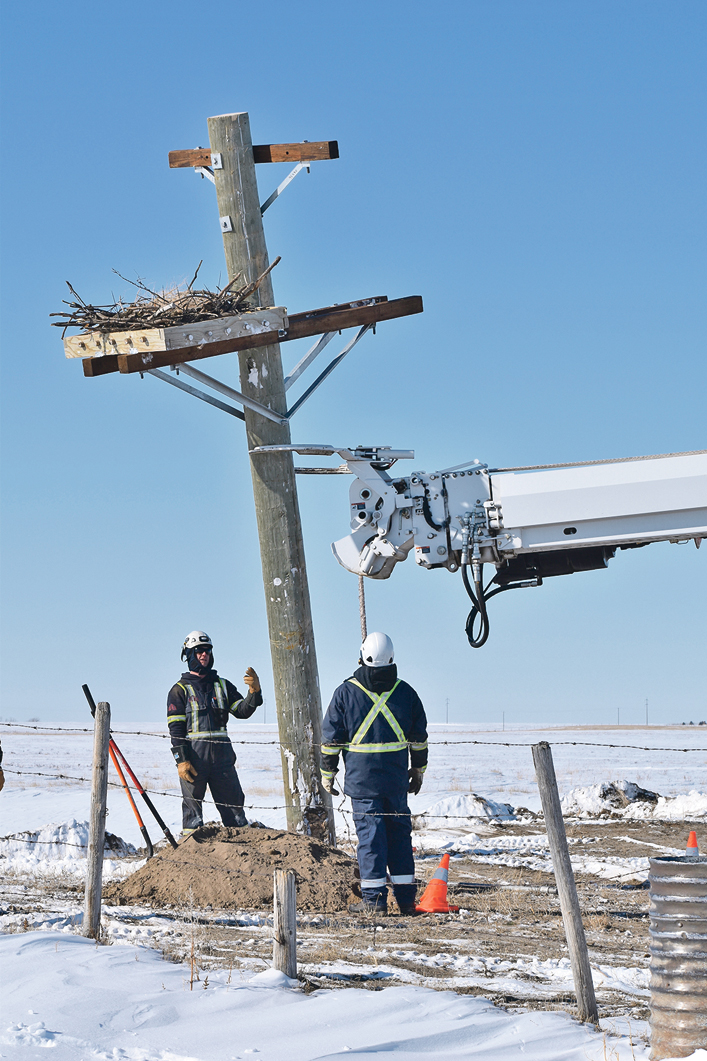
“The pasture manager here has identified a need to help control that population” of ground squirrels, said Anderson, so the nest site bordering private and leased land, with minimal human disturbance, was selected for this particular project.
The hawks, which have the Latin name Buteo regalis, are highly dependent on grassland habitat, and the gradual loss of native grassland has adversely affected their numbers over the years.




